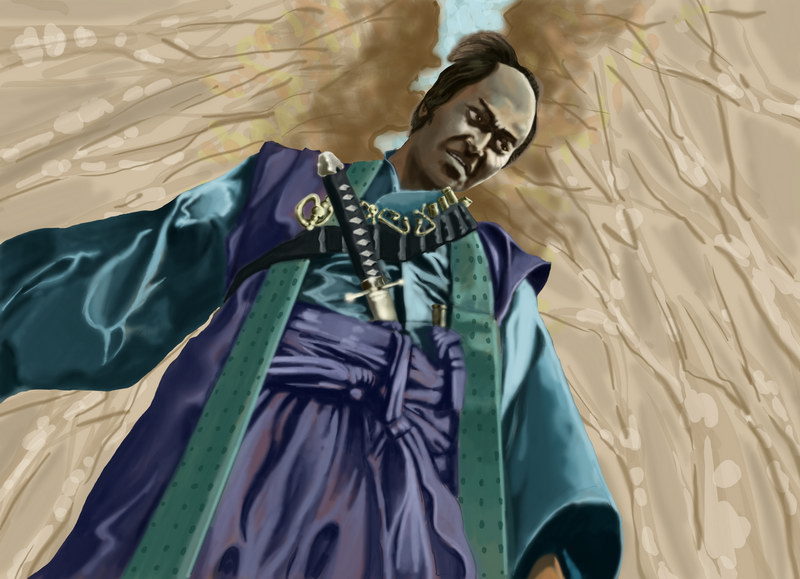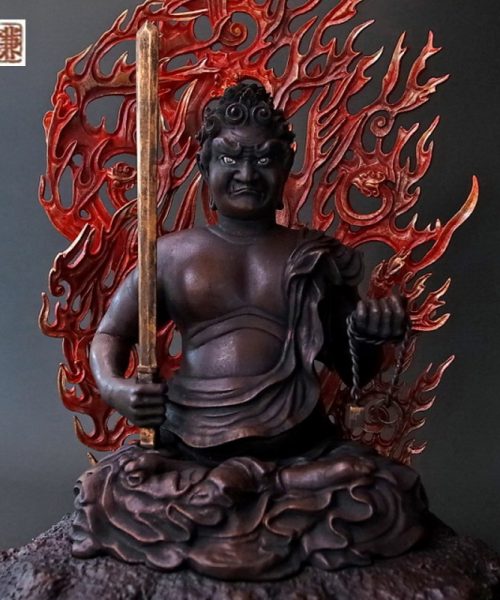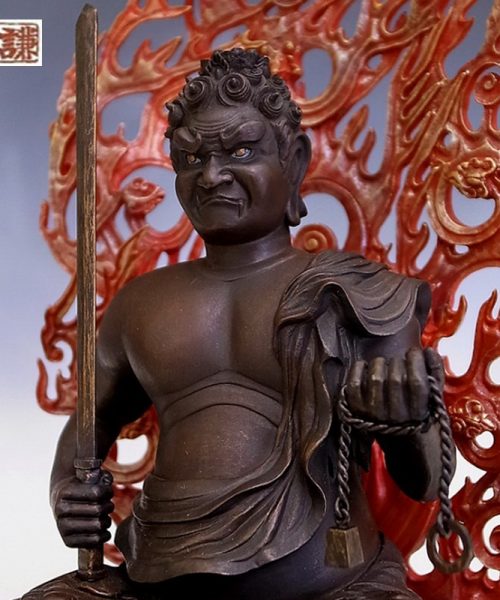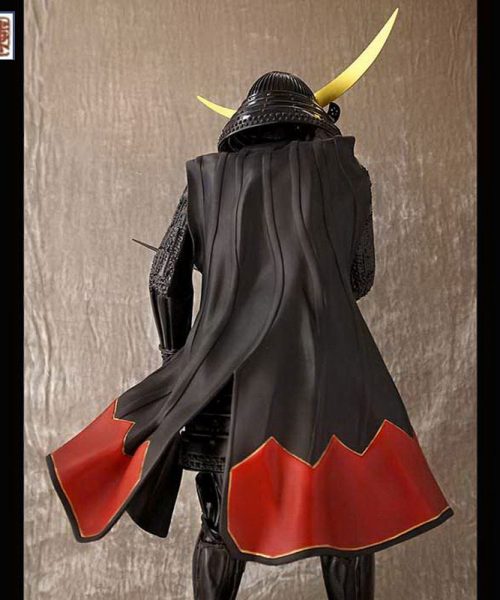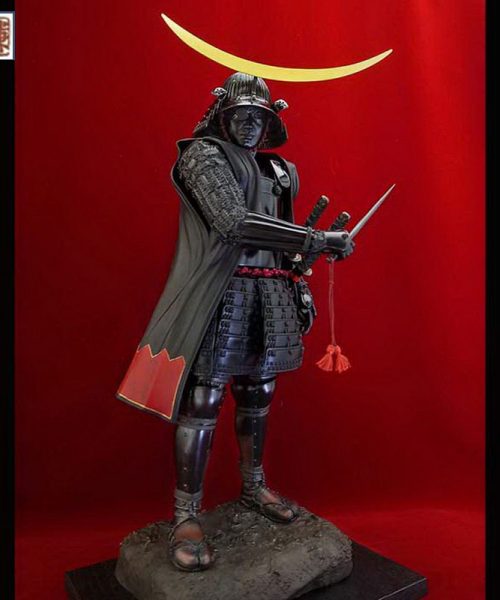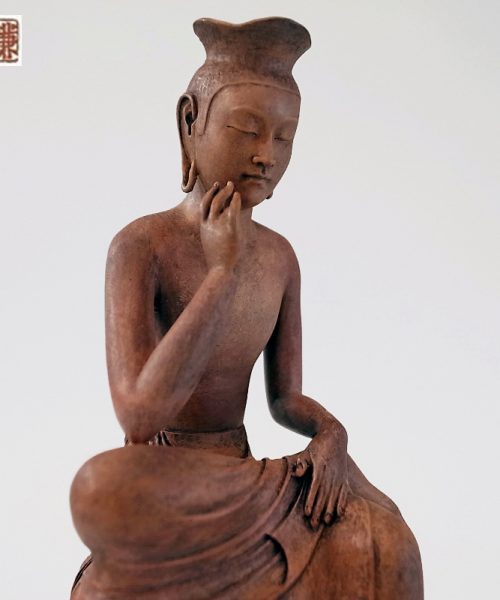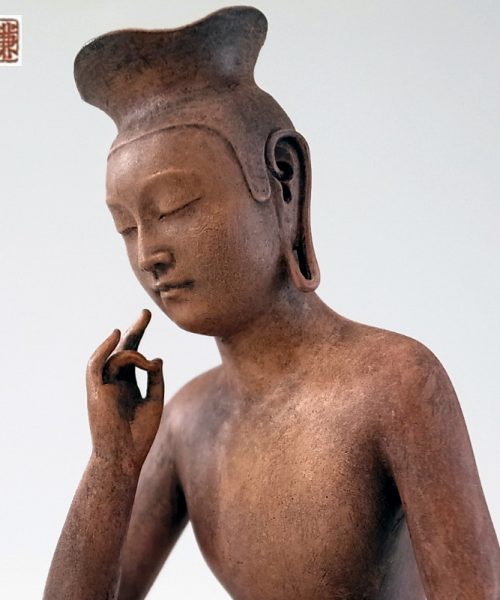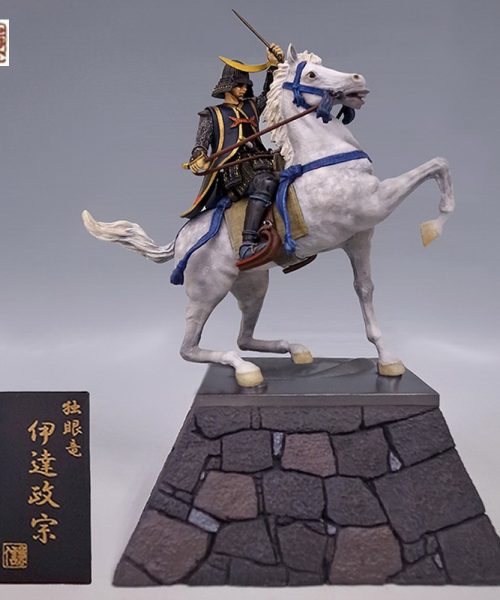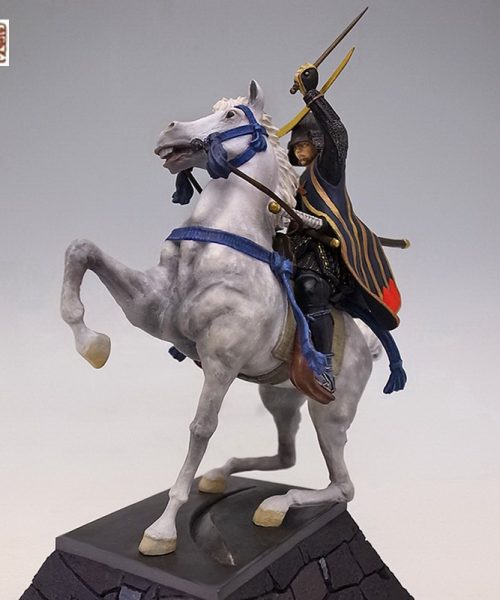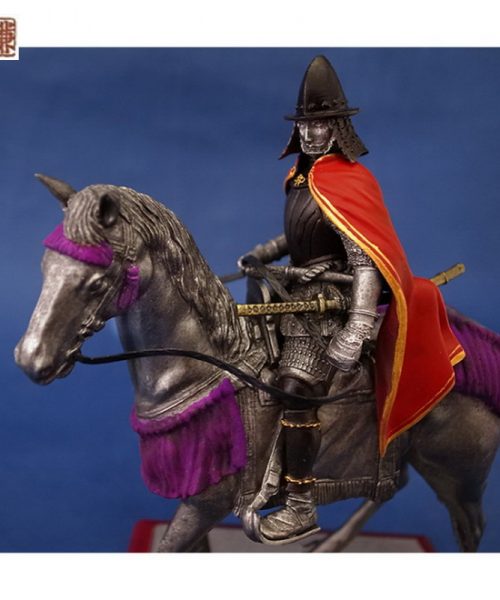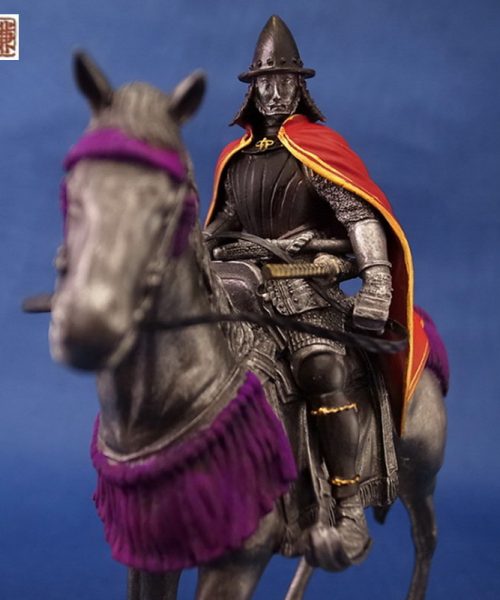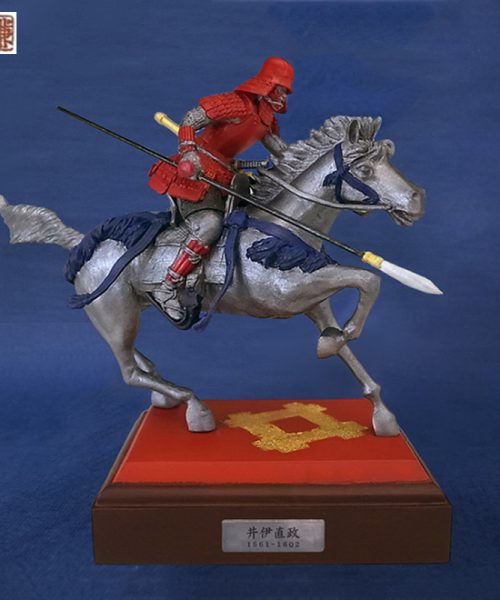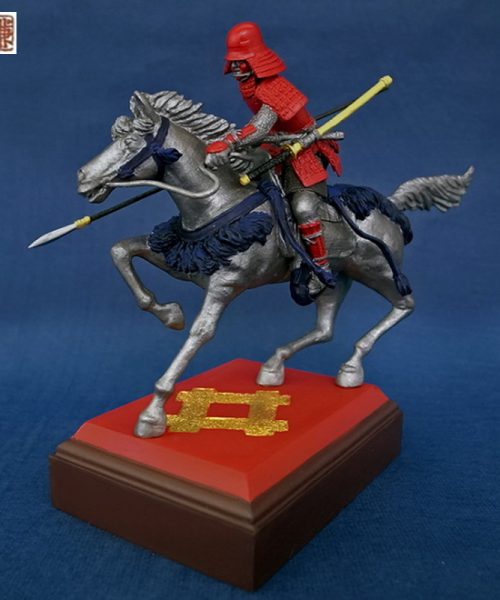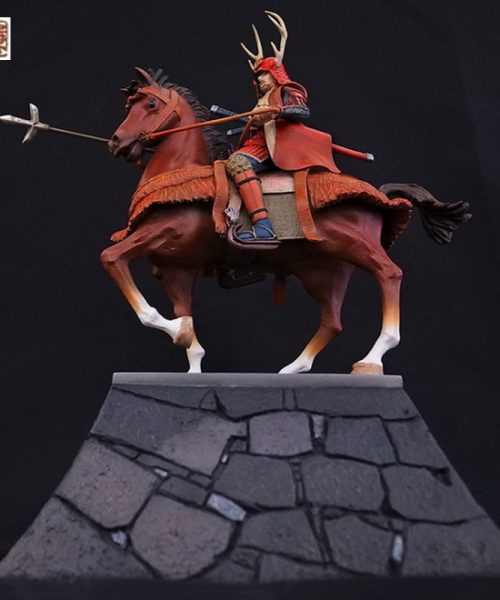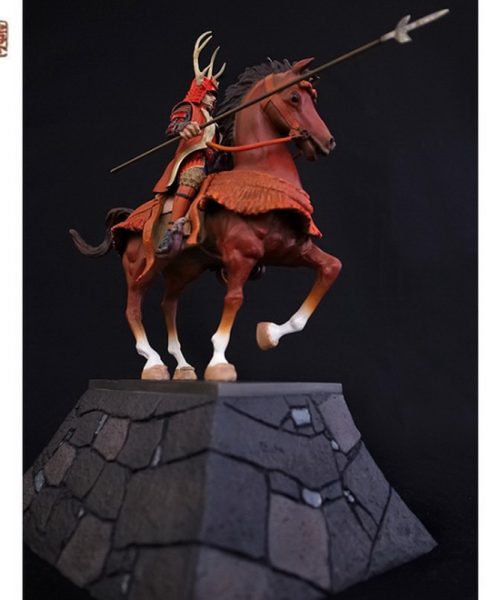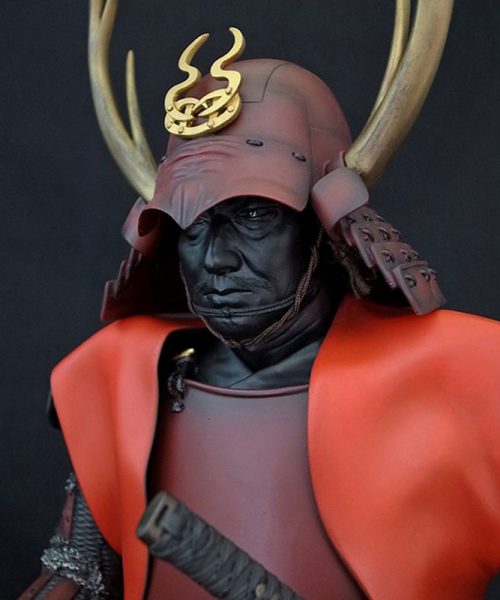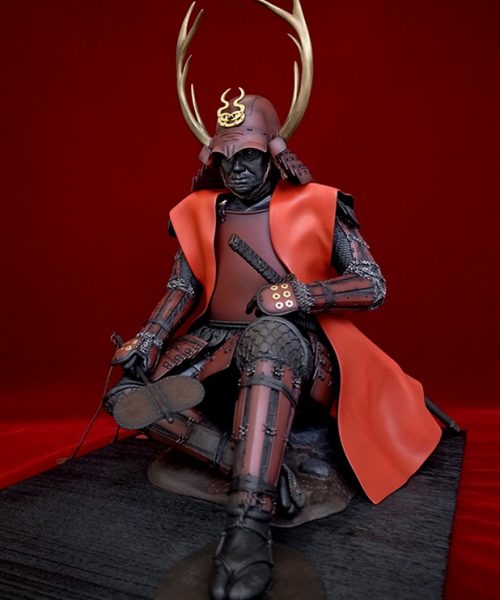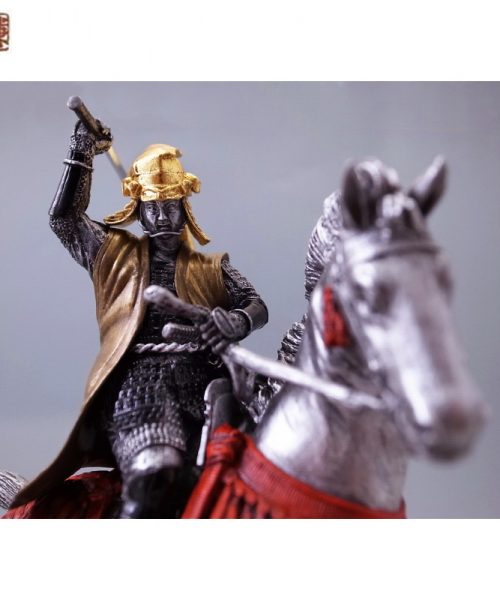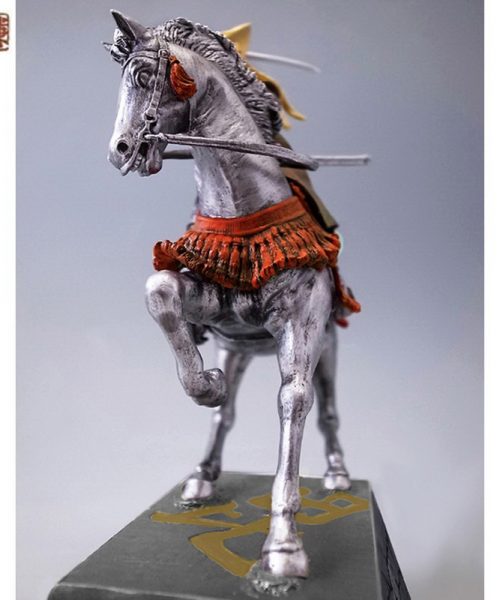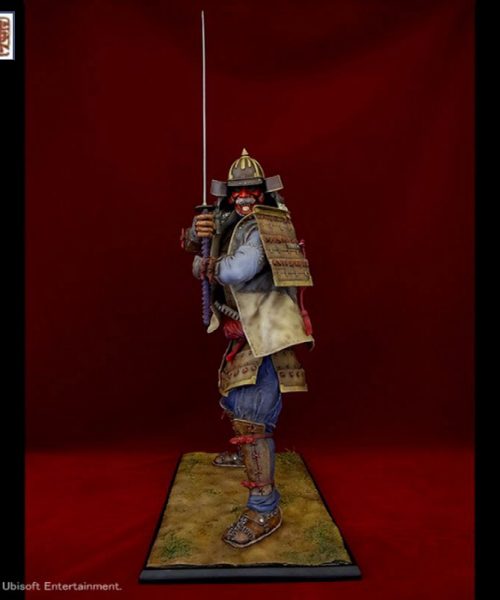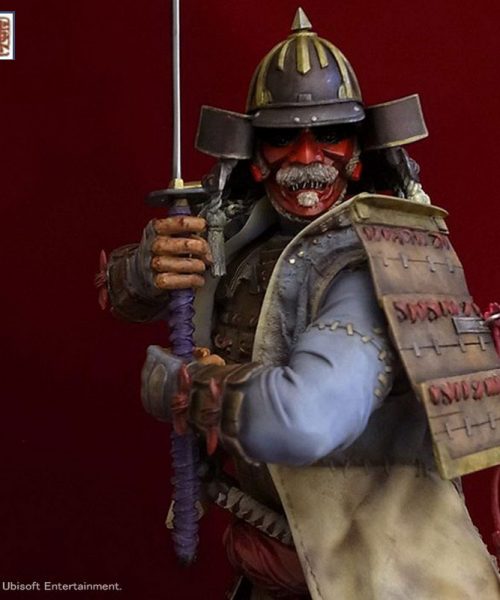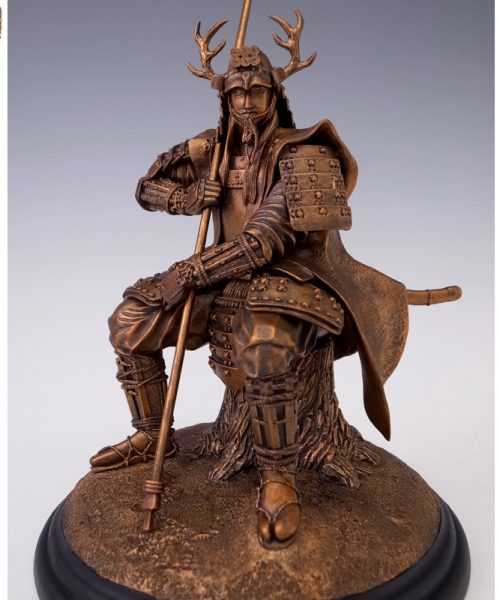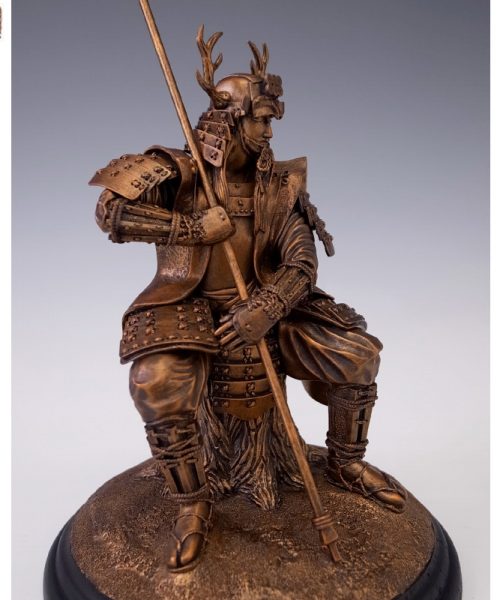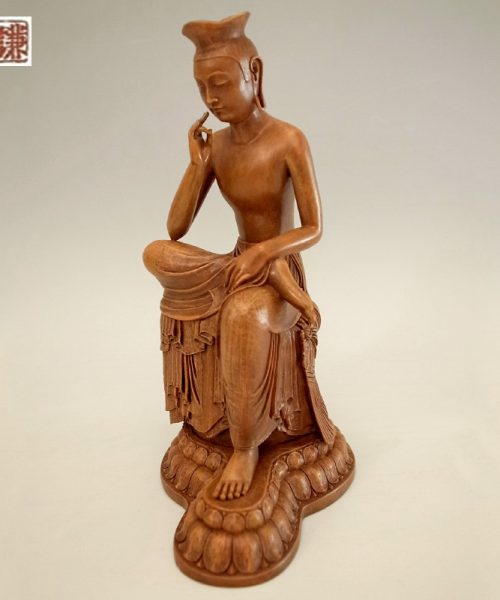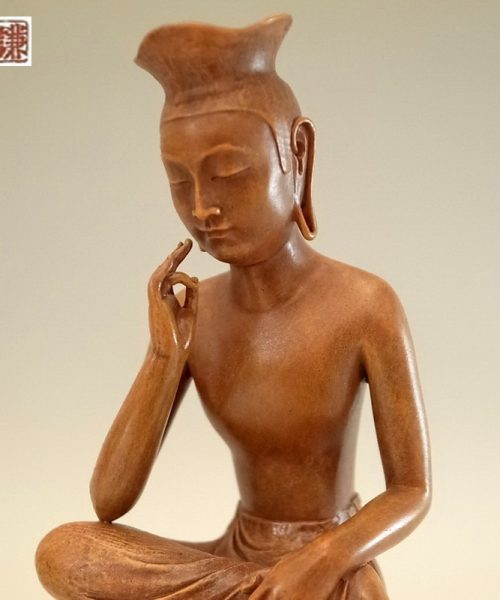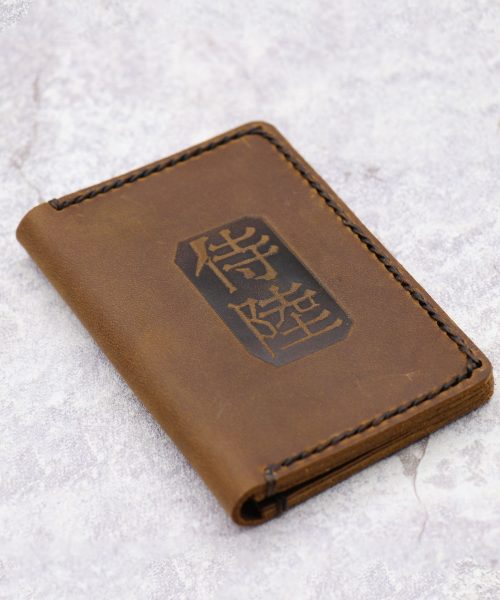No products in the cart.
Japan History
Four Famous Samurai You Definitely Should Know About
Famous Samurai
The Japanese warriors or also called Samurai are the loyal and brave soldiers of their leader. Indeed, these famous Samurai are the warriors who have contributed to what modern Japan is today.
So, when you think of the word Samurai, you imagine a person with weapons and always ready for battles. Have you ever thought of why they became one?
Also, a Samurai isn’t just a soldier per se; he also has his own past, own experiences, and a direction he decided to go.
So, without further adieu, here are the top four famous Samurai warriors to learn about:
Top 4: Yasuke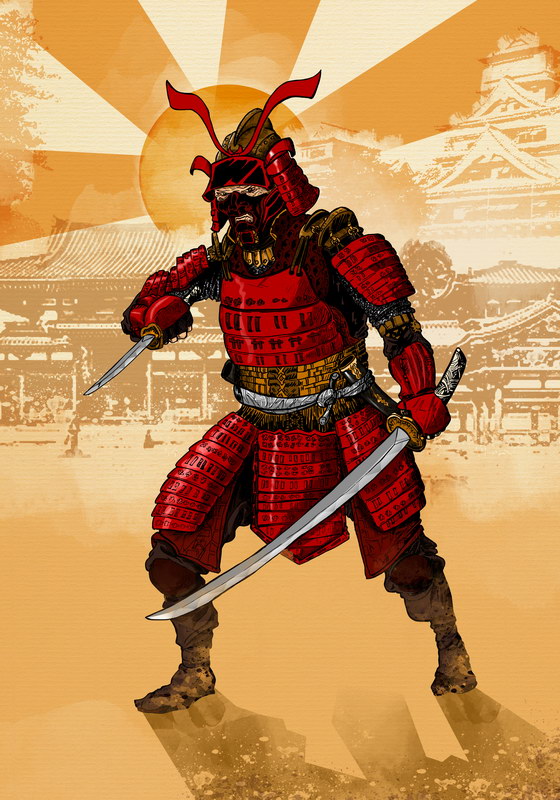
First on the list is Yasuke.
In 1579, a Jesuit missionary named Alessandro Valignano brought an African slave named Yasuke in Japan. So being the first black person the Japanese people saw, he became famous in an instant. Even so, the most powerful warlord got interested in Yasuke’s appearance.
To make sure that the slave wasn’t inked on purpose, Oda Nobunaga made him strip so he could rub Yasuke’s skin. They then realized that he was good enough to become Nobunaga’s personal bodyguard.
After two years of service, he rose to the rank of Samurai and stationed at the Azuchi Castle.
End of Service for Yasuke
In 1582, Samurai General Akechi Mistuhide betrayed Nobunaga and forced him to commit suicide at Honno-ji Temple. However, Yasuke escaped during the battle.
He then began to serve Nobunaga’s son. Unfortunately, his service to the Nobunaga’s family ended when Mitsuhide made Nobunaga’s son commit suicide as well.
After what happened, Yasuke, not used to a Samurai killing himself upon his lord’s death, surrendered his sword to Mitsuhide. Mitsuhide then ordered Yasuke to return to Alessandro Valignano.
Up until now, no one knows what had happened to the black Samurai.
Top 3: Takeda Shingen
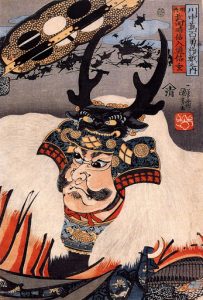
Takeda Shingen came from the Takeda Clan, a descendant of the Minamoto Clan. He was, in fact, known as a powerful conqueror.
In addition, in order for Shingen to also become more powerful, he aligned himself with Tokugawa Ieyasu and Oda Nobunaga in 1569 to claim the Suruga Province (now central Shizuoka Prefecture).
Then, to ensure his position, he betrayed both Ieyasu and Nobunaga. Moreover, Shingen was the only daimyo with the ability to counter Oda Nobunaga’s conquest of Japan. And he even defeated Ieyasu in the Battle Mikatagahara (western Shizuoka Prefecture).
Take a Hot Sip of Japan’s Culture
A Dash of Pink and a Blood of Red: The Sakura and The Samurai
Nakano Takeko of the Boshin War
Takeda Shingen’s Death
In 1573, he died due to either a disease or from a war wound. After his death, Nobunaga and Ieyasu destroyed the Takeda Clan as revenge for what Takeda has done to them. Later on, this was called the Battle of Tenmokuzan in 1582.
Although all of this happened in Takeda’s life, he did leave a legacy: his well-constructed administration system, taxes, and laws were able to influence leaders in Japan, even Ieyasu himself.
As a result, the Shingen-ko Festival celebrated every April 12 in Kofu City is a festivity to honor Takeda Shingen.
Top 2: Toyotomi Hideyoshi
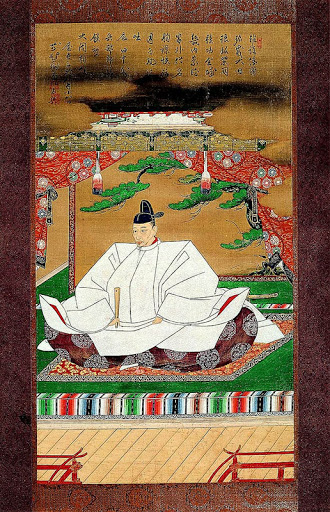
Toyotomi Hideyoshi is one of the so-called Three Great Unifiers of Japan. These three great unifiers are the ones responsible in creating a centralized administrative system in Japan.
Before, Hideyoshi was a foot soldier serving Oda Clan. He was one of Oda Nobunaga’s sandal-bearers at the Battle of Okehazama, wherein Nobunaga succeeded in defeating Imagawa Yoshimoto in order to become a dominant power in Owari.
Hideyoshi’s Acts
Hideyoshi wasn’t just good in supporting in battles. As assistance to Nobunaga’s siege of the Inabayama Castle, he also repaired the Sunomata Castle located in Mino Province (now Gifu Prefecture).
Moreover, his nickname “Little Monkey” or Kozaru for being too skinny never affected him. He even became one of the Oda clan’s distinguished generals. Pretty ironic, right?
In 1582, Akechi Mitsuhide betrays Nobunaga and made him commit the suicidal ritual called Seppuku. This event made Hideyoshi obliterate almost all the forces of Akechi during the Battle of Yamakazi. He then became the supporter of the heir of Oda Nobunaga, Oda Hidenobu who, at that time was only two years old.
This plan is opposed by Shibata Katsuie, Oda’s chief general. This rivalry caused the Battle of Shizugate wherein Hideyoshi won and later became the leader of the Oda Clan.
Unfortunately, he died in September 1598 during his failure to conquer Korea.
Hideyoshi reformed the class system and prohibited commoners to have weapons. He also set up the tight internal migration control, and basically laid the very foundation of Japan.
Top 1: Tokugawa Ieyasu
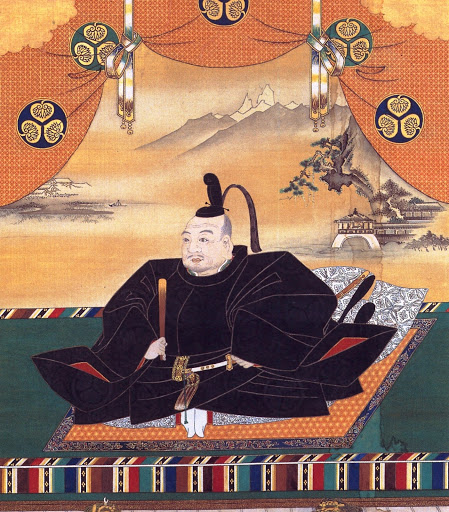
Tokugawa Ieyasu has been through a lot (even in childhood. He got kidnapped, his father got killed, and he was forced to live as a hostage throughout his teenage life).
After the leader of the Imagawa Clan died due to Nobunaga’s surprise attack, Ieyasu then decided to side with Oda.
Moreover, Ieyasu is a type of person who is willing to risk anything just to win. He was even able to sacrifice his own wife and son when they were both accused of planning to kill Nobunaga.
In 1598 when Hideyoshi died, Ieyasu became a part of the Council of Five Elders, who were basically the administration to the unified country, until Hideyoshi’s son (five at the time) is of rightful age.
Leather Samurai Wallets for Men
Ieyasu’s Victory
Emperor Go-Yozei granted him the title of Shogun by the age of 60. Afterwards, he created his capital in Edo (now Tokyo) in the lands that he had won. Therefore, this sparked the beginning of the Edo Period (1603 – 1868).
However, when Hideyori (Hideyoshi’s son) grew up, he began opposing Ieyasu. This made him leave his retirement days and led his army once again. This battle began in 1614 until 1615. But in the end, Ieyasu left the battlefield victorious – ending the Toyotomi line.
At the age of 73, Ieyasu died. You will see his shrine at the lavish Nikko Toshogu shrine located in Tochigi Prefecture.
Famous Samurai Biographies: Done!
Biographies fill in the gaps between the subject and the limits of the imagination, especially when it comes to history. Such is a Samurai. Some Samurai can come off as brave, some as obsessed and most of the time as loyal soldiers that are pretty much involved in politics. But you’ll never know for sure unless you’ll truly understand.


